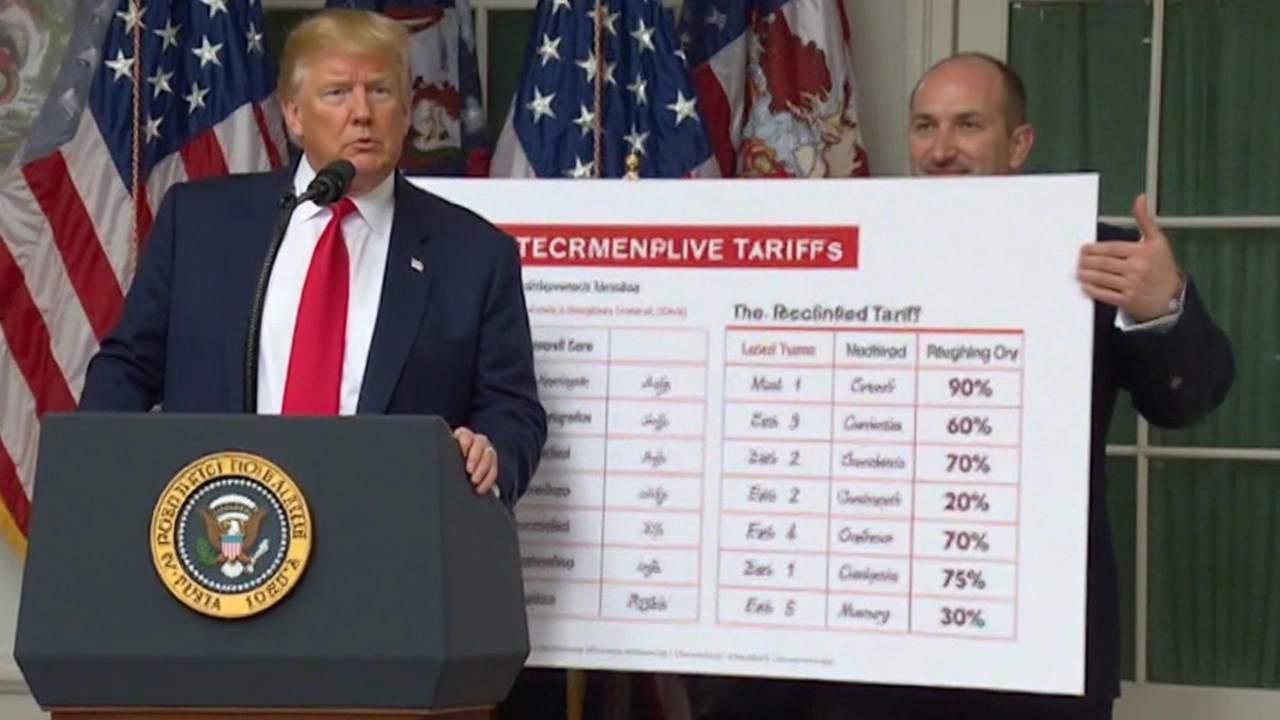US Trade Policy and What It Means for Motorcyclists
Whenever the US announces a new trade rule, you feel it at the garage. A higher tariff on a bike part means a higher price on the showroom floor, and a shift in racing budgets. In this guide we break down the basics of US trade policy, show you where the money hits, and give you easy steps to protect your wallet.
How Tariffs Affect Bike Prices
Tariffs are taxes on goods that cross borders. When America raises the tariff on Japanese motorcycles, for example, the cost of a new sport bike can jump 5‑10 %. The same thing happens with European parts – a brake caliper from Italy might cost an extra $30, and that extra cost gets passed to the rider.
Beyond the sticker price, tariffs change the supply chain. Importers may choose to buy from a different country with lower duties, which can affect the range of models you see in local stores. Some dealers even delay orders until they know the final duty rate, so you might notice longer wait times for popular bikes.
Racing teams feel the effect too. A team that depends on a specific tire brand may see its cost per set rise, forcing them to cut back on testing or look for cheaper alternatives. This can impact lap times and even the choice of which series to enter.
What You Can Do Right Now
First, stay informed. Follow the US Trade Representative’s briefings or sign up for newsletters from your bike dealer. Knowing a tariff change is coming lets you lock in prices early.
Second, shop smart. If a brand you love is getting hit by a new duty, check if a similar model from another country offers the same performance at a lower cost. Many manufacturers have multiple factories, and a shift in production can keep prices stable.
Third, consider used bikes. A well‑maintained pre‑tariff bike often beats a brand‑new one that’s already had the tax added. Look for certified pre‑owned programs that guarantee quality while saving you cash.
Finally, talk to your racing team or club. Group buying power can lower costs for parts and tires. If several riders band together, they can negotiate better rates with suppliers, even when tariffs are high.
US trade policy isn’t a mystery once you see where it hits your wallet. By watching the news, comparing options, and using community buying power, you can keep riding without breaking the bank.
Trump's Bold Tariff Strategy Challenges Global Trade Norms
Former President Donald Trump introduces major tariffs on steel, aluminum, electronics, and automotive imports, aiming to counteract 'unfair' trade practices. These measures primarily target China, with potential expansions to Mexico and the EU. The tariffs have sparked fears of trade tensions, consumer price hikes, and supply chain issues, realigning US trade strategy with Trump's economic nationalism and challenging global trade norms.









